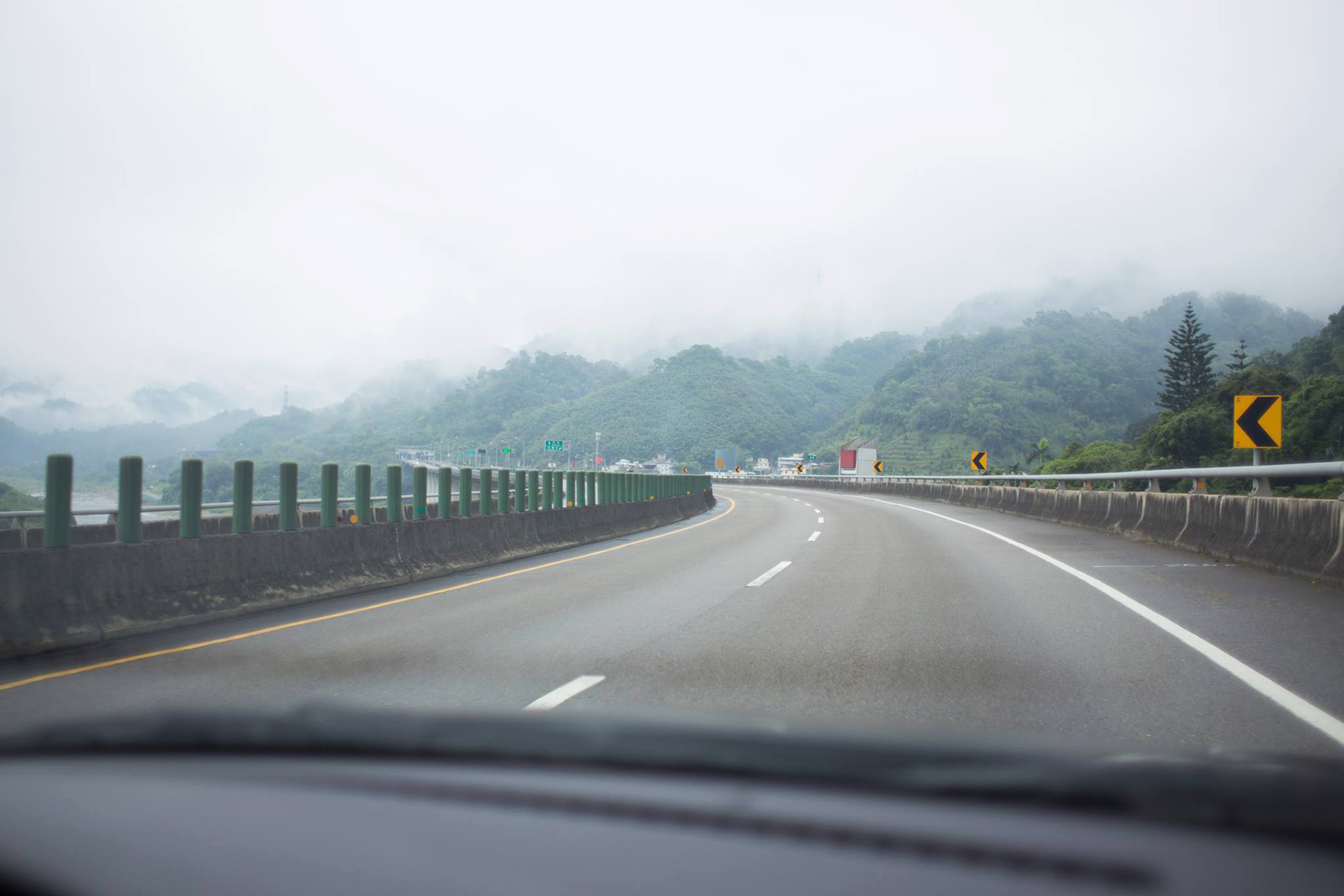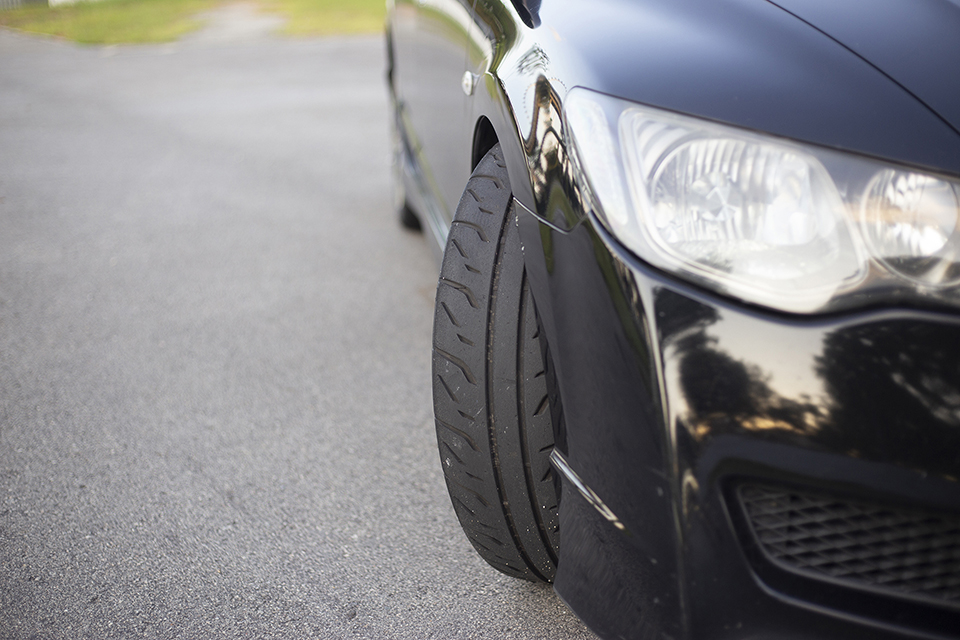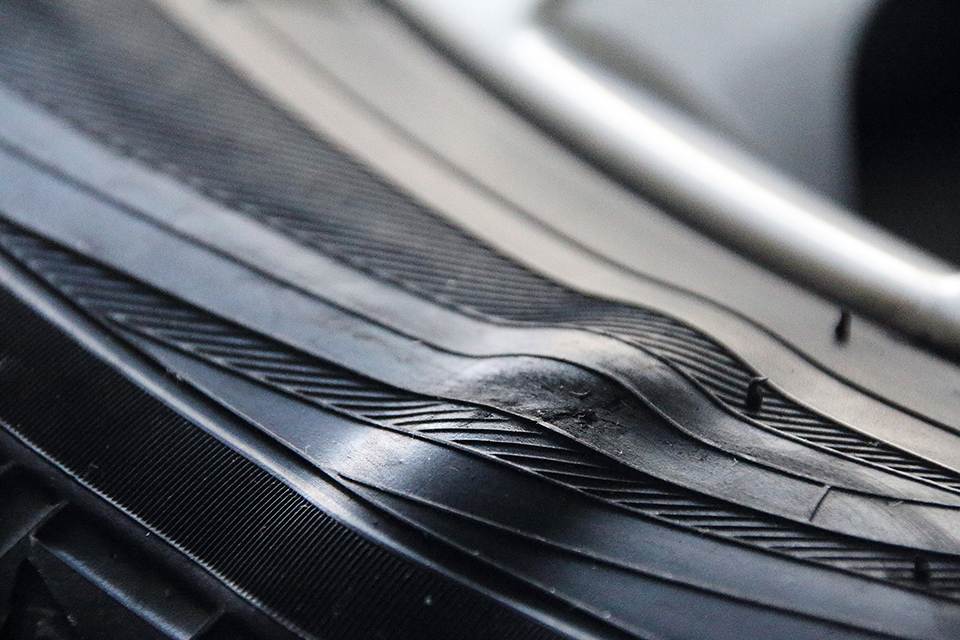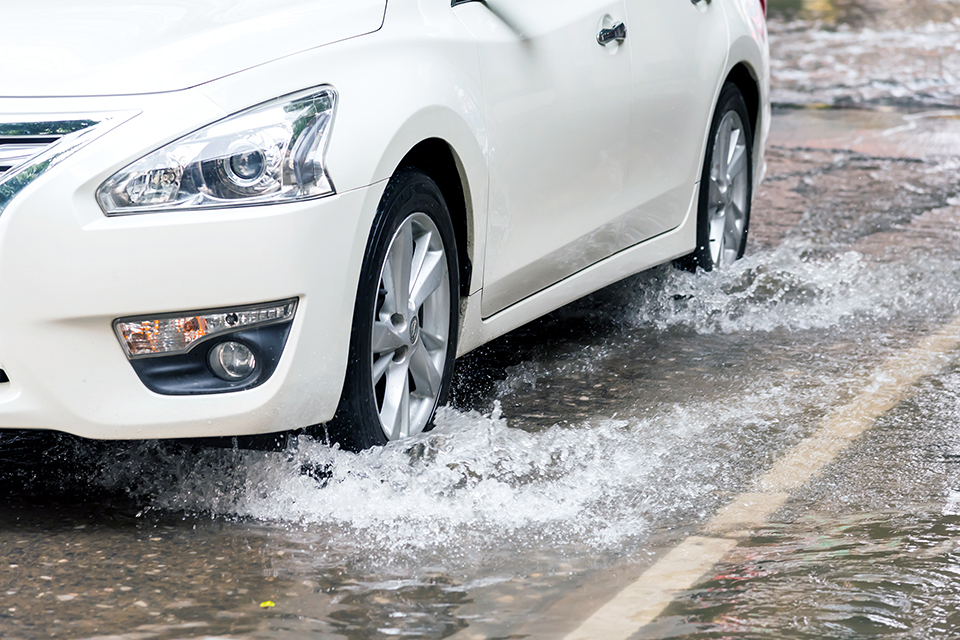Telltale Signs on Tires to Indicate You Shouldn't Rent That Car
Bridgestone Tire Clinic | Drivers' Essential
Overseas Driving Series | Part 1
School holidays are always a good excuse to go explore a foreign land for an experience unavailable in Thailand, whether in our neighbour up North, or overseas in destinations such as Australia and Korea. You've got several options when getting around your holiday destination - following a tour group with chartered transport, or hiring a driver to bring you around. But the tour group's a bit restrictive, while a hired driver might be a bit awkward and less private across long journeys. That leaves you with a final option that we daresay is the most fun - a self-drive rental car.

Unlike your own car where the maintenance schedule is religiously followed, rental cars might have a slightly more flexible maintenance schedule as downtime means less profit for the rental agency. Crash damage and consumable components might also have been fixed cheaply, resulting in compromised safety for you and your family.
Thankfully, checking out a car's tires can reveal a lot about how the car has been treated both by the rental agency and previous renters. By looking out for these signs on your rental car's tires, you'll quickly know if you shouldn't rent that car.
Tread Wear

When signing over a rental car, the very first component you should check is the tire tread. Ensure that there is sufficient tread for your journey, especially if you plan to cover long distances. New tires typically come with a tread depth of 7mm to 8mm, and tires that have covered a reasonable distance should have a tread depth of about 5mm.
Reject the vehicle if it comes equipped with tires that have a tread depth of 2mm or less, as that means that they're illegal and unsafe to use on the road, especially in rainy weather. If the tread depth is below 1.6mm, they’re outright illegal to use on the roads!
The easiest way to check for minimum tread depth is to roll a Singapore 50-cent coin – both the ‘new’ Third Series and ‘old’ Second Series coins – into the grooves of the tyre - if you can see half of the word "Singapore", they're unsafe to use. To be completely sure, it’s best to use a tread depth gauge to accurately measure the remaining tread depth.
While inspecting the tyres, don't just watch out for low tread depth, but also uneven tread wear. If you find that your rental car's tires are worn more on one side, or in an uneven pattern, this might mean that the alignment is off, or that suspension components are damaged or worn.
In either situation, reject the vehicle as these clues mean that safety has been compromised. Should you go ahead and rent the car, you might find that the car pulls strongly to one side, and risk major components such as the wheel bearings failing during your rental period.
Sidewall Damage

It's inevitable with rentals that a misjudgement of the car's size happens, whether during parking, performing a U-turn, or navigating narrow streets. While cosmetic damages from these boo-boos can be cheaply and easily covered up, tire damage resulting from these incidents are visible and can’t be hidden unless the tire is replaced.
Look out for small slots and cuts in the tire sidewall, as well as large gouges that indicate that the tire has an unpleasant meeting with a kerb or sharp rock. Also, run your hands over the tire sidewall and feel for any bulges – a bulge in the sidewall is a sign of carcass damage and can result in a blowout at high speed.
Should you notice any gouges that go deep enough to expose the cords, or bulges in the sidewall, reject the vehicle for your own safety.
Mismatched Tires

Mismatched tires are often a sign that a car has been maintained on a budget – revealing that the rental agency has chosen to cut costs wherever possible. Whether it’s different tires on each side of the car or four different tires on each wheel, a car with mismatched tires should be rejected for your own safety.
Different tires have different tread patterns, causing them to behave differently under various weather conditions – which means that water dispersion and handling characteristics differ from the tire to tire. This can prove dangerous in heavy rain, where the disparity in performance between the mismatched tyres can cause a car to become unsettled on one side, resulting in instability and an accident.
If you found this article educational and useful, head on over to our Tyre Clinic, the ultimate destination for tire information, to learn more!